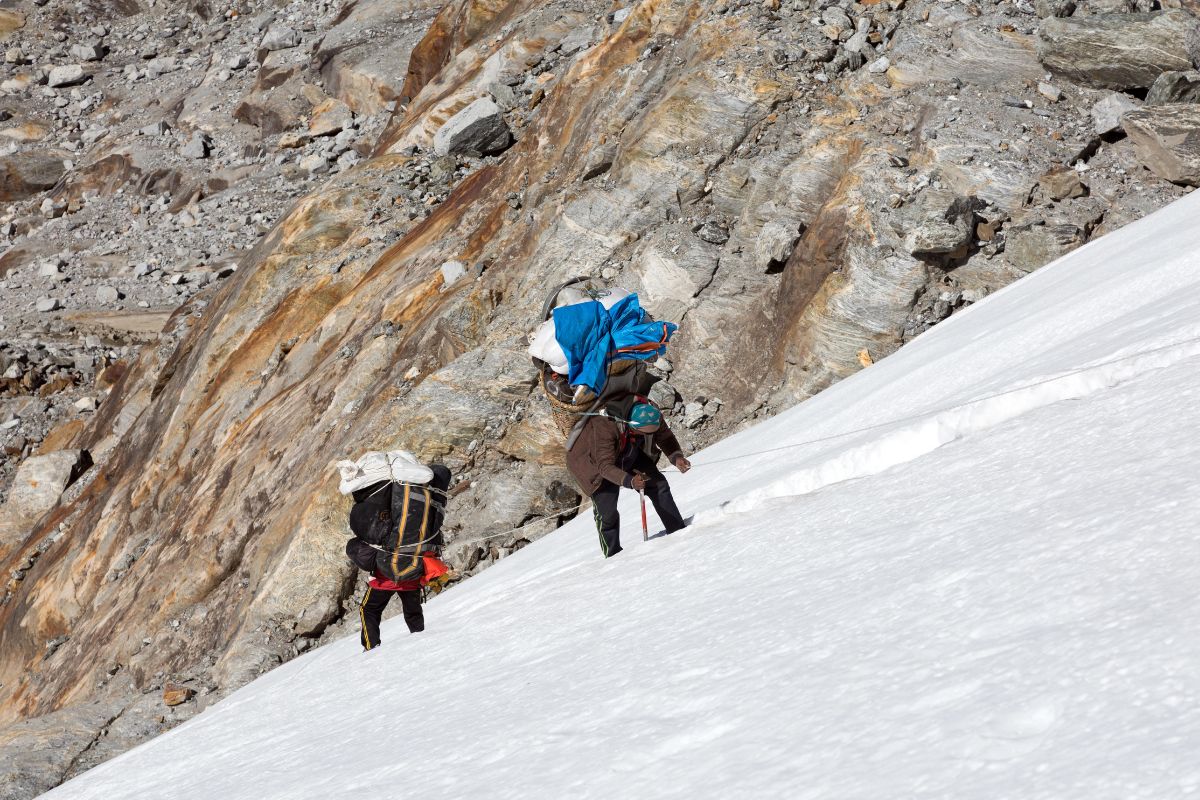Show table of content Hide table of content
The recent rescue of two hikers from Unnecessary Mountain near Vancouver highlights the potential dangers of relying solely on artificial intelligence for outdoor adventures. These individuals found themselves in a life-threatening situation after following directions generated by ChatGPT, demonstrating how technology’s limitations can create hazardous situations in wilderness settings.
Technology mishaps on Canadian trails
In spring 2025, two unprepared hikers faced a perilous situation on Unnecessary Mountain when they trusted ChatGPT and Google Maps to plan their hiking route. The pair wore only flat-soled sneakers, completely unaware that mountain peaks in the Vancouver region remain snow-covered well into spring. Their technological misstep required emergency intervention from local rescue teams.
Brent Calkin, chief of Lions Bay Search and Rescue, explained to the Vancouver Sun how his team responded: “We hiked up with boots for them. We asked their shoe size and brought boots and ski poles.” This rescue operation underscores the growing problem of hikers placing excessive trust in AI tools like those integrated into popular apps without understanding their limitations.
Life This TikToker buys a used van and realizes it has a hidden surveillance device.
Calkin further warned about information overload: “With the amount of information available online, it’s very easy to become overwhelmed very quickly.” The incident isn’t isolated, as Mountain Rescue England and Wales reports increasing rescue operations due to social media and navigation apps leading inexperienced hikers into dangerous situations.
Young hikers particularly tend to pursue trendy locations showcased on social platforms without proper preparation or accurate information. The combination of social media influence and AI-generated advice creates a potentially deadly mix on challenging mountain trails.
Limitations of AI in wilderness navigation
Stephen Hui, author of the guidebook “105 Hikes,” has tested ChatGPT’s hiking recommendations and found concerning limitations. While the AI system can provide reasonably accurate information about popular, well-traveled paths, it becomes dangerously imprecise when addressing less-known routes and specialized outdoor knowledge.
A critical weakness of current AI systems is their inability to provide real-time updates on trail conditions or weather forecasts – information that can mean the difference between a pleasant hike and a life-threatening emergency. “Season matters tremendously in British Columbia,” Hui emphasizes. “The best views are at the summit, but these hikes are only accessible from July to October. In winter, some people still try to reach them without realizing there’s snow.”
Life Say goodbye to flat and deep plates, here’s the new dinnerware trend for 2025.
The quality of AI responses also heavily depends on how precisely users formulate their questions. This presents a significant barrier for novices who often don’t know what specific information they should request. Without understanding the right questions to ask about safety precautions, required equipment, or seasonal hazards, hikers may receive incomplete guidance that omits crucial safety information.
Technology can create a false sense of security in wilderness environments. Many hikers assume that since their smartphones can navigate city streets flawlessly, the same technology will work perfectly on remote mountain trails – a dangerous misconception that ignores the complexities of wilderness navigation.
Human expertise versus artificial intelligence
The Canadian rescue incident demonstrates that technology cannot replace human experience and local knowledge in outdoor activities. Rescue expert Brent Calkin recommends connecting with local hiking groups on platforms like Reddit or Facebook instead of relying solely on AI. These communities provide advice based on recent trail experiences and current conditions that AI systems cannot access.
Local hiking communities offer another advantage over AI systems: contextual understanding. They can interpret a novice’s questions and provide information the person might not know to ask for, such as specific hazards on particular trails or seasonal considerations that might not be apparent to visitors from other regions.
Technology vulnerabilities extend beyond hiking applications. Similar trust issues arise with other AI-powered tools, where users might place unwarranted faith in automated systems. For instance, WhatsApp’s default settings can create security vulnerabilities when users trust the platform’s automation without understanding its limitations.
The most effective approach combines technological tools with human expertise. Digital maps and AI recommendations can supplement preparation, but should never replace consulting local guides, ranger stations, or experienced hikers who understand current trail conditions and regional weather patterns.
Safety practices for modern hikers
This near-tragedy on Unnecessary Mountain serves as a powerful reminder of essential wilderness safety practices. Proper equipment remains non-negotiable for mountain hiking – appropriate footwear with adequate traction, weather-appropriate clothing, navigation tools, sufficient water, and emergency supplies should form the foundation of any hiking plan.
Research before any hike should include multiple sources. Official park websites, recent trail reports, weather forecasts from meteorological services, and guidebooks written by experienced hikers provide more reliable information than AI-generated suggestions alone. This multi-source approach helps identify potential hazards that a single AI system might miss.
Life Everyone had this toy in the ’90s, and it now sells for over $3,000.
Understanding seasonal conditions is particularly crucial. Many popular hiking destinations transform dramatically with the seasons, presenting entirely different challenges throughout the year. What might be an easy summer trail can become a technical winter route requiring specialized equipment and skills just months later.
The Vancouver incident demonstrates that while AI tools like ChatGPT can offer convenience, they should complement rather than replace traditional hiking wisdom. The mountains will always demand respect, proper preparation, and an understanding that technology – however advanced – has limitations in wilderness environments where conditions can change rapidly and consequences for mistakes can be severe.


